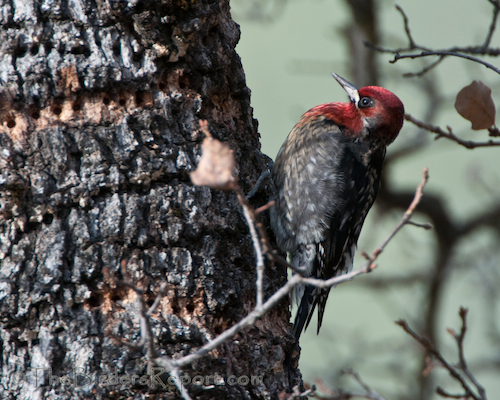
It’s really important to learn bird behavior if you want to get good bird photographs (click on photos for full sized images). I saw a post on Facebook the other day questioning “whether you can be a “birder” with a camera rather than with binoculars.” There were some pretty interesting remarks to this question and, at the time, I didn’t have time to put in my two cents but I do have an opinion on that question.
I use both! I consider myself a birder just because I watch birds and I guess I can call myself a photographer because I photograph them.
I’m not a professional photographer. There aren’t many of those around that make a living with photography, any more than there are professional birders that make a living “birding.”
To me, these are just labels. There are folks out there that must put a label on everything to make their life orderly. I am not one of those people.
I believe that what’s important is behavior. Whether we call ourselves birders, bird watchers, photographers, environmentalists, conservationists or all of the above, the important thing is what we DO about our passion for birds.
As I stated in the opening sentence of this post, “It’s really important to learn bird behavior if you want to get good bird photographs.” As a bird photographer, I watch a lot of bird behavior. I may spend an hour or more (as I did with this Red-breasted Sapsucker) watching a particular bird, learning its habits and movements.
This bird was working lower on this tree the day I found it. You can see the numerous rows of sap wells that have been drilled into the bark of this oak tree.

I learned a couple of years ago that Red-breasted Sapsuckers guard their sap wells. Knowing this bird’s behavior allowed me to return to this tree the next morning when there was better light, and get these photos.
The first day I saw this bird, it was feeding out of the sap wells at the bottom of the photo above. The next day, it opened up an old row of wells a couple of feet above those.
This is where s/he began chipping away the bark of the old sap wells on this morning.

About a half hour later, almost an entire row of sap wells had been reopened and the sapsucker was feeding out of them.
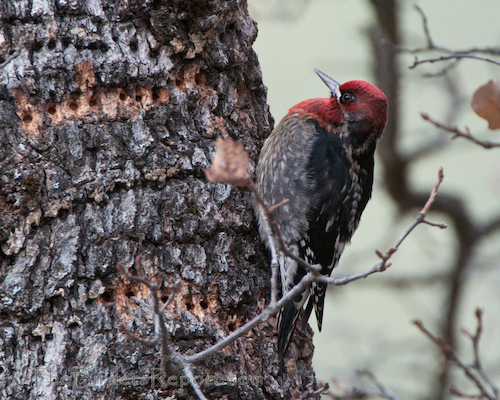
And a bit further along…

feeding from the newly opened wells.

Moving from right to left…

and pausing before going back to the other end.
When you take the time to learn bird behavior, you have more opportunity to see more birds and achieve better photographs. It is important to know what different species eat, where they nest, what type of habitat they prefer and if they migrate or not. After watching birds for awhile, you will know when they are feeling stressed and when they are comfortable with your presence.
Whether you consider yourself a “birder” a “bird watcher” a “photographer” or all of the above, it doesn’t really matter. What matters is that you enjoy birds. Hopefully that leads all of us down the same path of protecting birds and their environment, which also happens to be our environment too.
In the coming months we will be promoting the creation of a new “Federal Wildlife Conservation Stamp” to increase much needed revenue for our National Wildlife Refuge System. What we envision is an alternative to the “Duck Stamp” for non-consumptive users of the refuge system which will be sold as an entrance pass to all national wildlife refuges.
We hope all birders, bird watchers, wildlife photographers, environmentalists, conservationists, hikers, and well meaning citizens will get behind this movement to create an additional income stream for our National Wildlife Refuge System. We are working on a website to promote the new stamp and will update everyone as the time for action approaches.
Remember, it’s not what we call ourselves, it’s our behavior that makes the difference in the way we shape our future. It’s what we DO with our passion for birds that counts.
If you have a passion for birds, birding and bird photography, check out The Bird D’pot and WIld Bird Wednesday!
Larry Jordan
Larry Jordan is an avid birder and amateur photographer living on the Pacific Flyway near the Central Valley of Northern California. He is a board member of his local Audubon Society and is a bird and wildlife conservationist. Larry contributes to several wildlife conservation organizations and is a BirdLife International "Species Champion." He is also Habitat Manager for the Burrowing Owl Conservation Network, an organization dedicated to the protection and restoration of the Western Burrowing Owl population in the United States. Larry has been blogging about birds since September of 2007 at TheBirdersReport.com
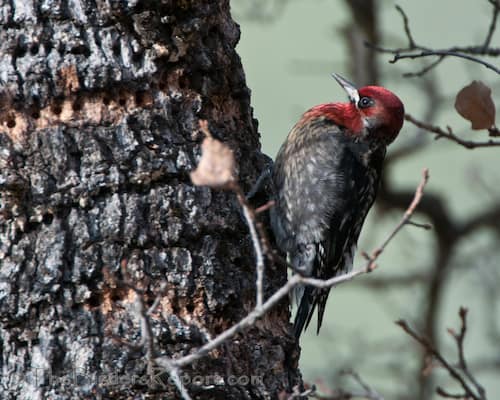
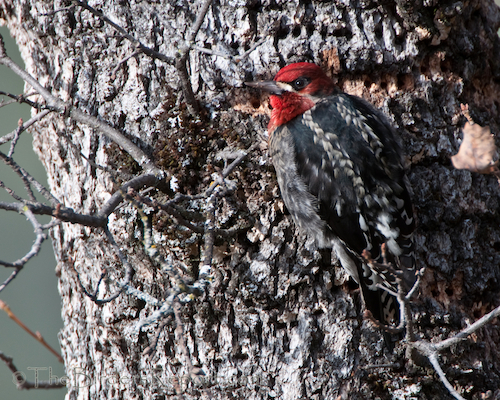


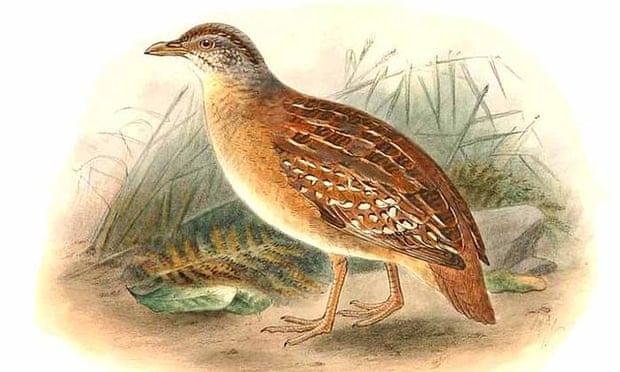
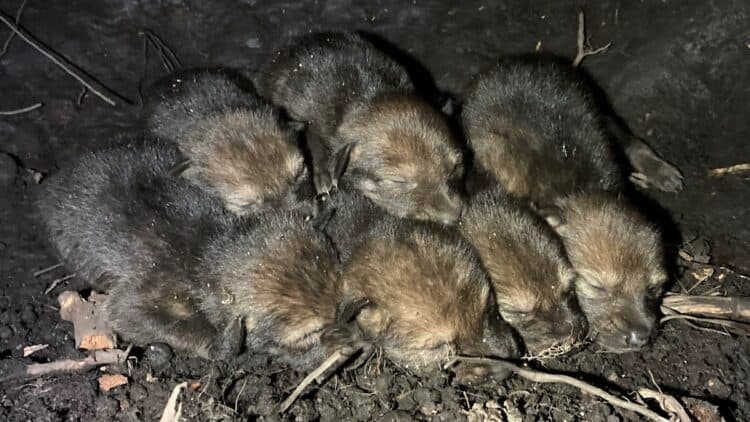
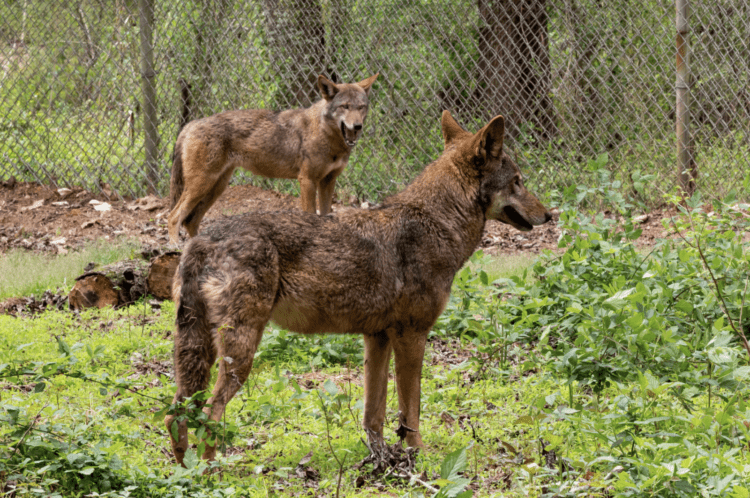
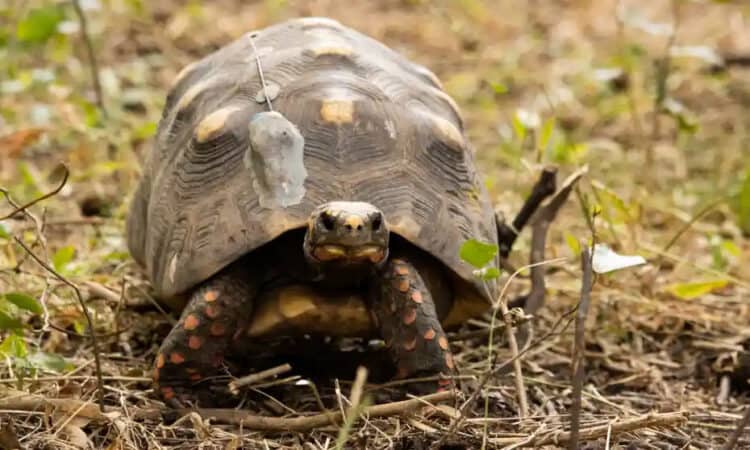
Leave a Reply